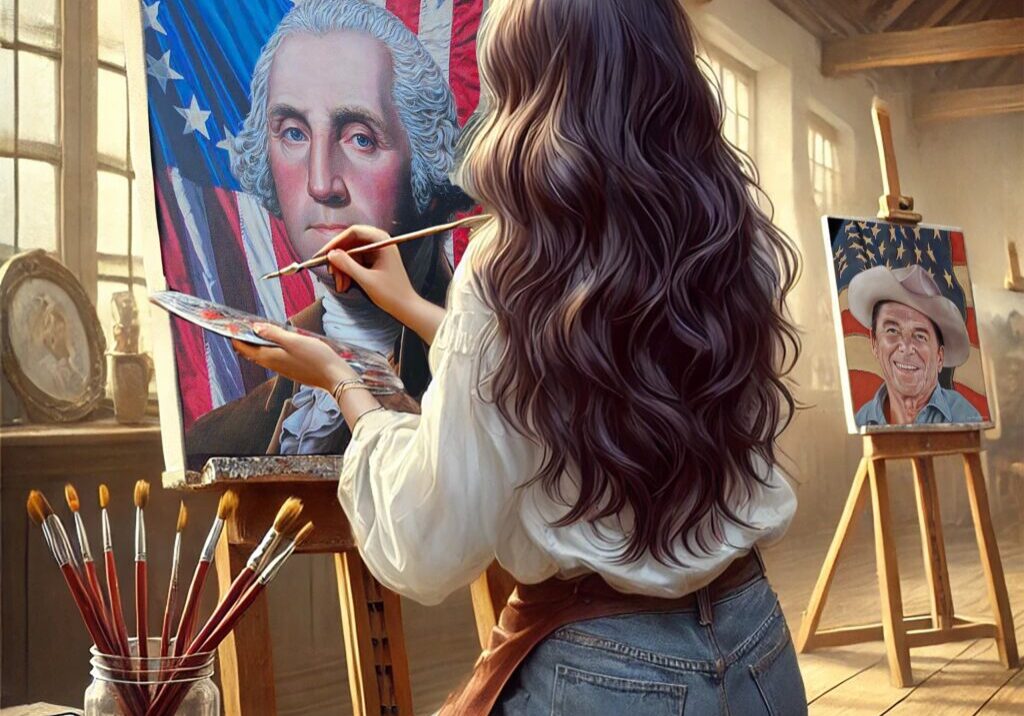
Taverns Town Squares, and the First Revolutionary Galleries
Revolutionary America did not yet have museums, but it had walls. It had windows, fences, town squares, and the backs of tavern doors. In these spaces, art was born not as decoration but as declaration. Pamphlets, broadsides, satirical prints, and banners were posted, passed, and pinned where the public gathered. These impromptu galleries did not offer silence or spotlights. They offered argument, laughter, and momentum.
As I painted the mural, I thought often about how art once lived outdoors and in motion, right alongside the people it stirred. Taverns were more than places to drink. They were political headquarters, reading rooms, and printing hubs. On their walls hung caricatures of British officers, sketches of patriot martyrs, and the earliest visual emblems of defiance. A single woodcut print, nailed near the hearth, might prompt debate that spilled into the street. These taverns became unofficial exhibition spaces, where ink and ale mixed freely, and images helped ignite ideas.
The town square played a similar role. Notices and announcements shared space with political cartoons. Artists like Paul Revere understood the power of visibility. His engraving of the Boston Massacre was not locked behind a frame. It was printed, copied, and widely circulated. People viewed it not in silence but in groups, pointing and talking. That engagement was part of the message. Revolutionary art did not rely on prestige. It relied on presence. Even clothing became part of this public gallery. Banners stitched by hand, liberty caps worn in protest, sashes dyed in symbolic colors – all of these contributed to a visual vocabulary that expanded far beyond formal portraiture. The people wore their allegiance, and in doing so, became living exhibits.
I carried this into the mural through careful placement of accessories. A ribbon tied just so. A badge barely visible on a lapel. These details ground the figures in the shared language of their time. One of my favorite mental images from the Revolutionary period is that of a crowd gathered outside a print shop, staring at a new cartoon nailed to the door. Some laugh. Some scowl. Children peer between adults. That moment, brief as it is, becomes a kind of civic theater.
The cartoon does not need context. It is the context. In the mural, I aimed to echo this dynamic. Figures gather. Some point. Others look. A poster hangs in the background. A crowd does not simply observe the art. It completes it. There is something deeply democratic in this mode of viewing. It asks nothing more than attention. No gallery admission. No curatorial filter. Just a message, a medium, and a gathering place. The Revolution needed these early visual sparks.
They shaped how people saw themselves and each other. They gave form to outrage and form to hope. As a modern painter working on a public mural, I find comfort in that history. This mural lives where people gather. It invites glances, questions, and dialogue. It does not ask for silence. It asks for participation. Much like those tavern walls and town squares, it is a space where image meets memory. And where revolution, once again, finds a frame.

